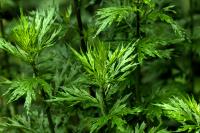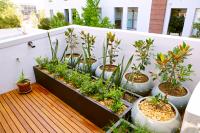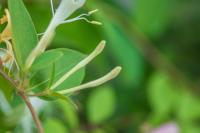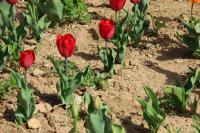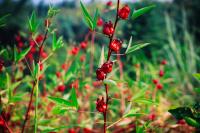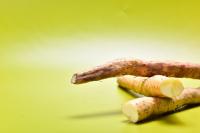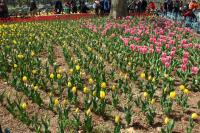1、 When does it bloom
The flowering period of plum blossom is from February to March. At this time, the climate is still relatively cold, but it has begun to blossom. Its flowers are mostly solitary, and occasionally two grow in one bud. The flower color is usually white or pink, with a diameter of 2-2.5 cm. The petals are obovate, and there is a strong aroma. It has many varieties, some are single petals, some are double petals, and some can bloom several colors on a tree.
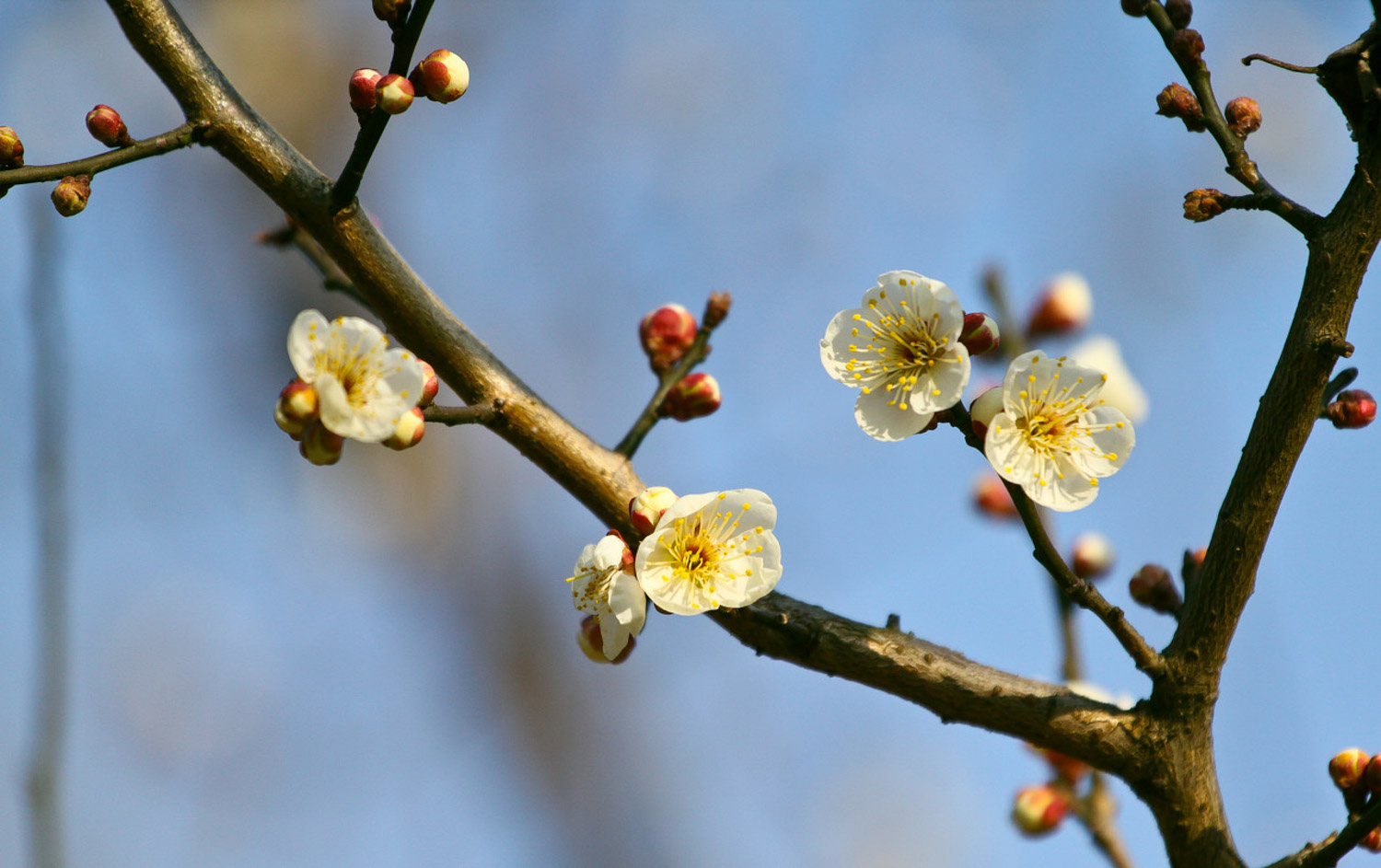
2、 How to promote flower growth
1. Supplementary lighting: for most plants, supplementary lighting is the best way to promote flowering, and plum blossom is no exception. The lighting time in winter is short. Supplementary lighting can be used to prolong the lighting time, which can promote the differentiation of flower buds and help flowering.

2. Proper fertilization: Plum Blossom needs sufficient nutrients in the growth process, but in winter, due to the slow growth at low temperature, it can not absorb too much nutrition, so it is necessary to supplement fertilization. Phosphorus and potassium fertilizer are mostly used as fertilizer. These two elements can promote flowering, while nitrogen fertilizer will make it grow in vain and affect flowering.
3. Temperature control: plum blossoms bloom in late winter and early spring. It is precisely due to the rise of temperature that plants can bloom. Therefore, if you want to promote flowers, you can try to increase the ambient temperature. It should be noted that do not rise too high at one time, otherwise excessive temperature difference will affect plant growth.
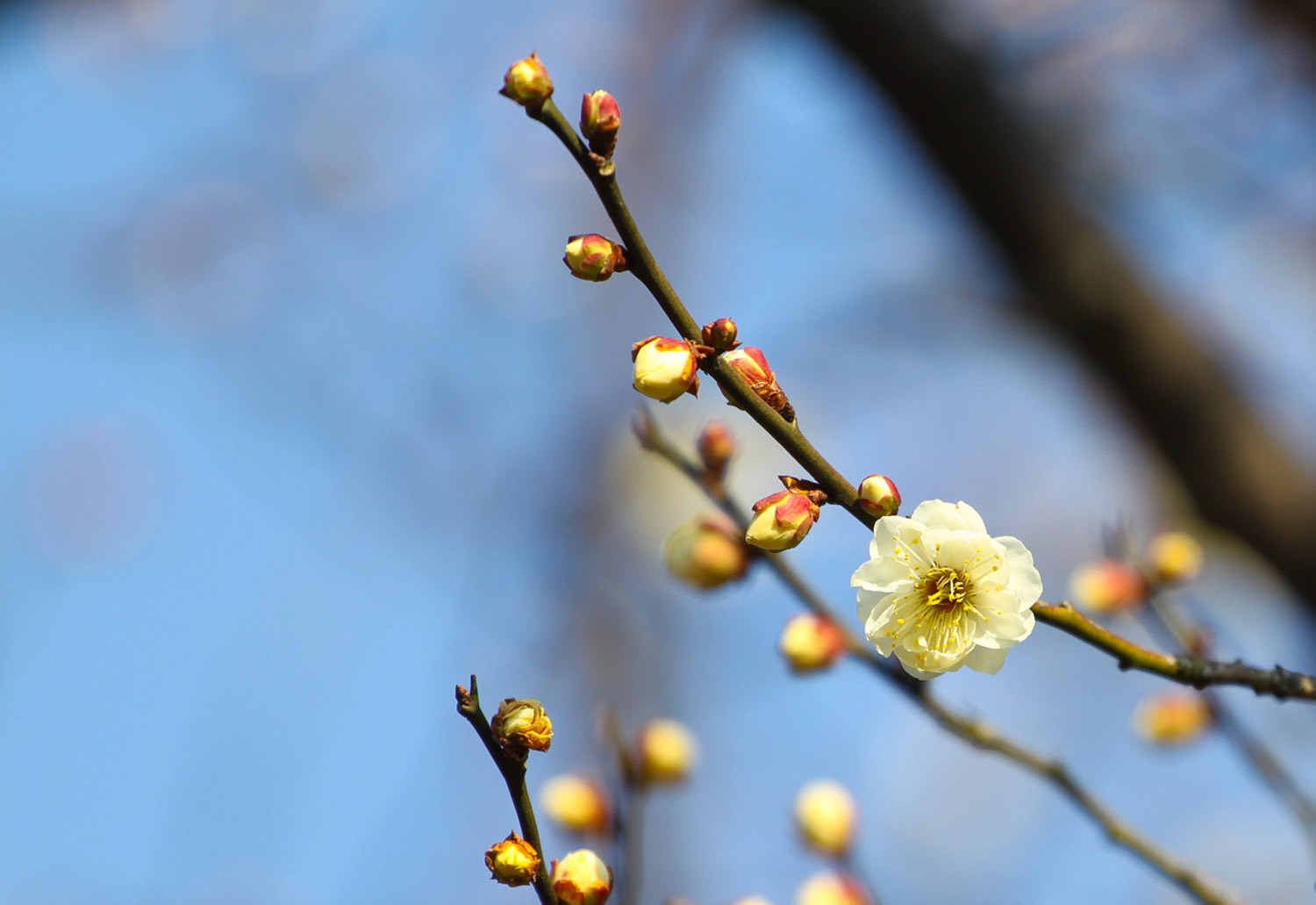
3、 Post flower pruning
Plum blossoms need to be trimmed after flowering. The pruning time should be early. Generally, it starts when the flowers begin to wither. It will be late to wait until the flowers are all withered. Since there are no leaves at this time, the main pruning is the residual flowers, which can allow the plant to supply nutrients to the leaves and is also conducive to flowering the next year.

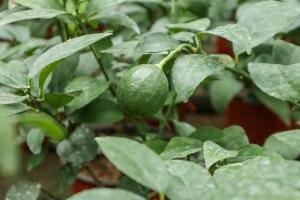 The efficacy and fun...
The efficacy and fun...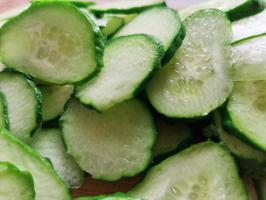 The efficacy and fun...
The efficacy and fun...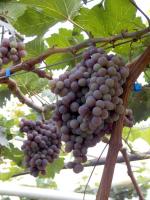 The benefits of eati...
The benefits of eati...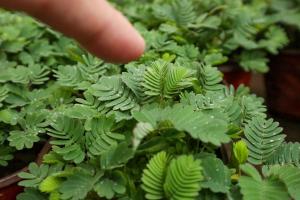 Why is Mimosa called...
Why is Mimosa called...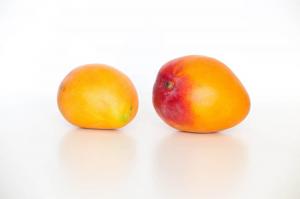 What can't mango be ...
What can't mango be ...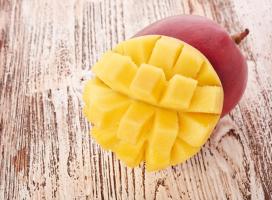 The efficacy and fun...
The efficacy and fun...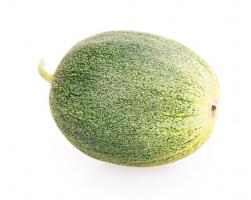 Is watermelon a frui...
Is watermelon a frui...

























